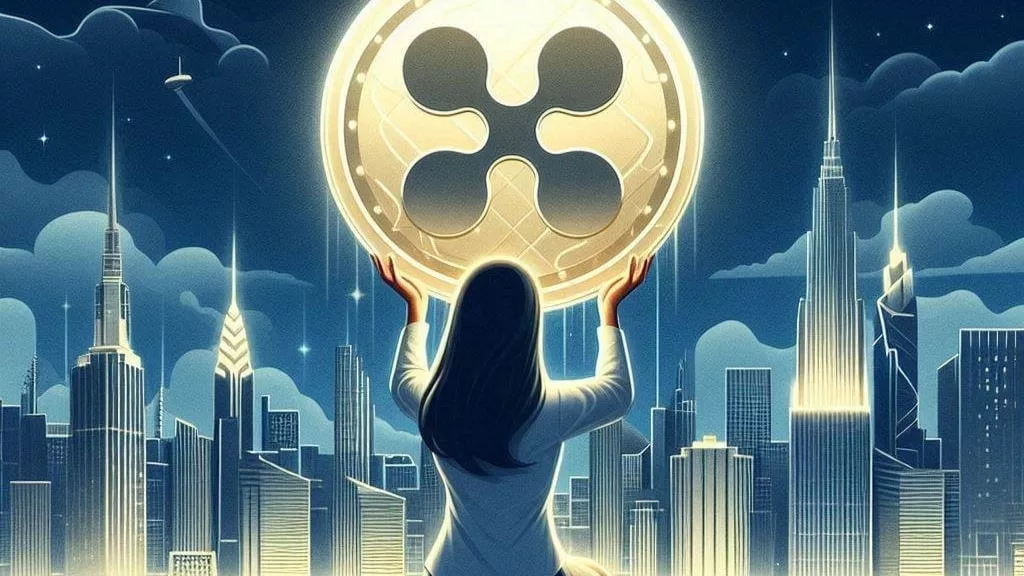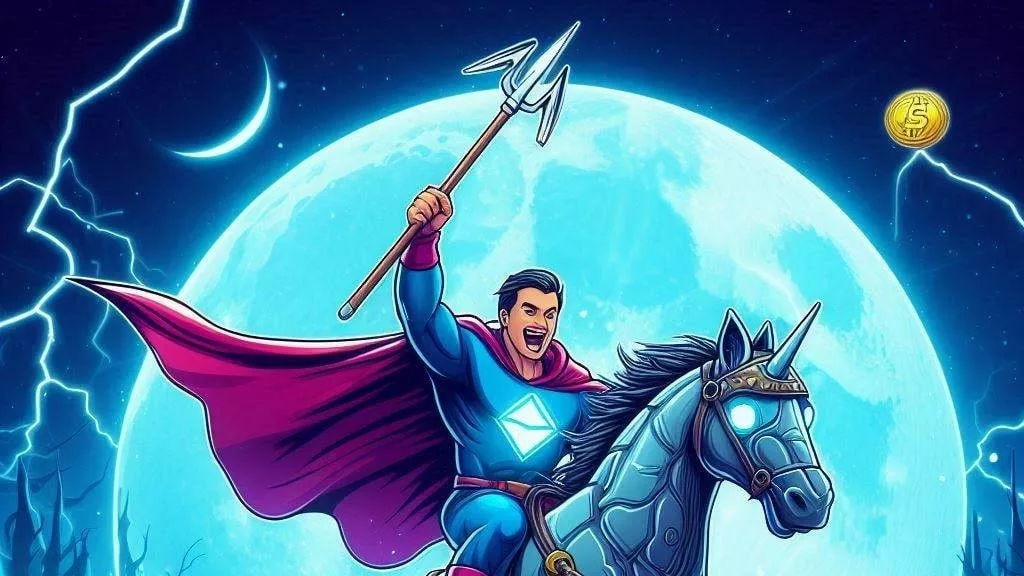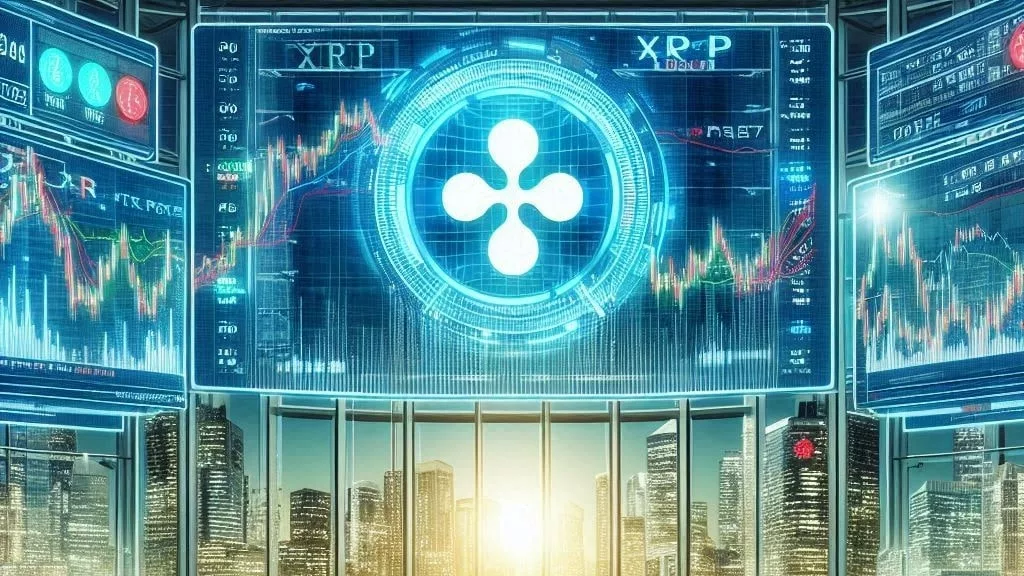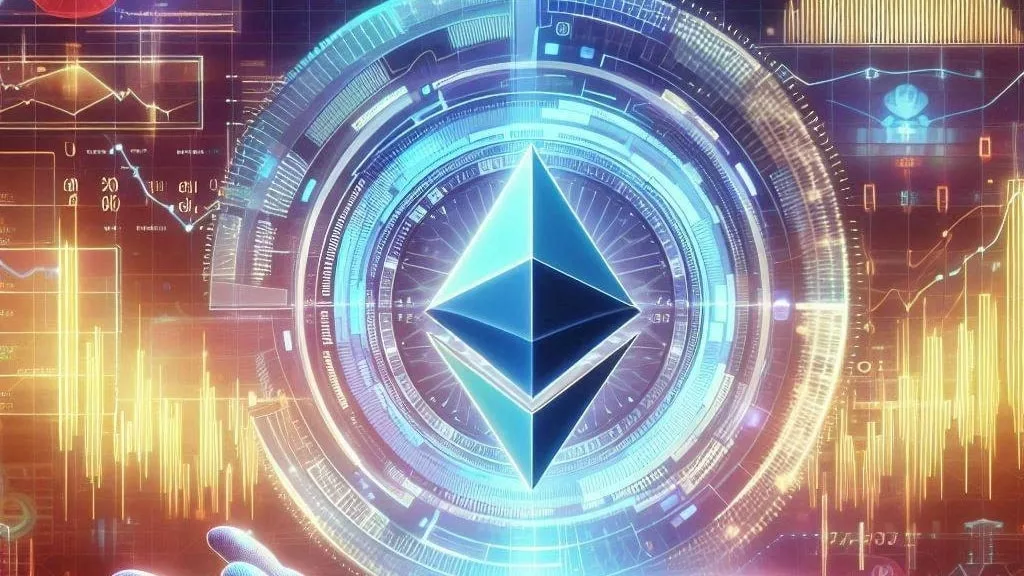
David Schwartz, the Chief Technology Officer of Ripple, recently discussed the practicality of seeing XRP priced at $1 million. His remarks, shared on Quora, focus on how a higher price for XRP could make it more suitable for large-scale transactions, particularly in cross-border payments.
Ripple, the company behind XRP, has long advocated for the cryptocurrency as a bridge currency for international payments. Known for its speed and efficiency, XRP is designed to facilitate transactions across borders with greater ease than traditional methods. This has led to expectations that banks and financial institutions might adopt XRP more widely in the future.
In a recent Quora discussion, Schwartz addressed a question about how XRP’s price could affect its adoption for payments. The inquiry centered on whether a higher price for XRP would hinder its use by banks or if its finite supply would limit its mainstream acceptance.
Schwartz argued that a higher price for XRP could actually benefit its role in large transactions. He explained that as XRP’s price increases, its liquidity improves, which in turn makes it more efficient for conducting substantial payments. The CTO compared this scenario to Bitcoin’s historical evolution.
When Bitcoin was priced at $100, making a $1 million transaction would have required a significant portion of the total Bitcoin supply, potentially causing market volatility. As Bitcoin’s price rose to over $10,000, the amount needed for a $1 million transaction decreased, reducing market impact and making such transactions more feasible. Schwartz noted that this same principle applies to XRP.
According to Schwartz, as the price of XRP increases, the amount required for large transactions decreases. This reduction in the amount needed for transactions helps stabilize market impact and lowers transaction costs. For example, if XRP were to reach a price of $1 million, a $1 million payment would only require 1 XRP, compared to 1 million XRP if the price were $1.
In Schwartz’s view, higher XRP prices would enhance its utility as a bridge currency by minimizing the impact of large transactions on the market. This would allow for smoother and more efficient payment processing, aligning with Ripple’s goal of improving cross-border financial operations.
Schwartz’s perspective on XRP’s price has been consistent over the years. In November 2017, he argued that XRP could not be too cheap for efficient payments. At that time, he explained that a higher XRP price would make large transactions cheaper and less disruptive to the market.
In response to recent community speculations, Schwartz reiterated that Ripple’s vision for XRP includes higher prices to support its functionality as a bridge currency. He emphasized that keeping XRP’s price low would be contrary to the company’s goals and the practical benefits of having a higher-priced XRP.
Ripple’s focus has always been on enhancing the efficiency of cross-border payments. By leveraging XRP as a bridge currency, the company aims to offer a faster and more cost-effective alternative to traditional banking methods. Schwartz’s comments highlight the alignment between Ripple’s objectives and the potential benefits of a higher XRP price.
As the cryptocurrency market evolves, the debate over XRP’s price will continue. Schwartz’s insights provide a valuable perspective on how price levels can influence the functionality and adoption of digital currencies in payment systems.
David Schwartz’s recent remarks shed light on why a $1 million price tag for XRP could be practical for large transactions. By improving liquidity and reducing transaction costs, a higher XRP price aligns with Ripple’s vision of streamlining cross-border payments. As Ripple continues to advocate for XRP’s role in the financial ecosystem, the potential benefits of a higher-priced cryptocurrency remain a topic of interest and debate within the crypto community.



Get the latest Crypto & Blockchain News in your inbox.